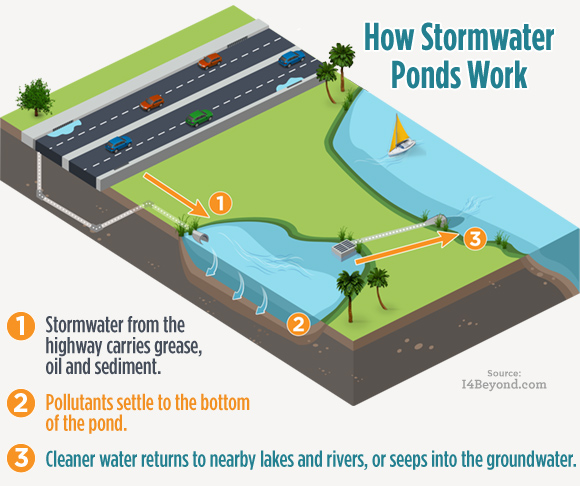Employee Spotlight: Paul Wabi, P.E.
I-4 Ultimate Construction Program Manager
As the top manager for the Florida Department of Transportation (FDOT) on the I-4 Ultimate construction project, Paul Wabi knows he has a monumental task — make that hundreds of them.
After all, the 21-mile reconstruction project of Interstate 4 goes through the heart of Orlando and stretches from Kirkman Road (State Road 435) in Orange County to State Road 434 in Seminole County. Along the route are many cities and towns, several large entertainment and sports venues and some of the busiest spots on the interstate. But as a multitasking teammate, he also is helping to support projects in the Beyond the Ultimate area, including efforts to connect the Wekiva Parkway to I-4, as well as lending his wide-ranging, practical experience to the project management and design groups.
What would make someone who loved the predictability of engineering and math want to take on the ever-changing challenges posed by a crucial business and commuting corridor?
“It’s exciting to be part of large projects that include so many municipalities, highway structures, interchanges, commuters and businesses,” Wabi said. “But it’s also a once-in-a-lifetime opportunity to help so many people by improving their transportation safety and mobility.”
He thanks residents and commuters for their patience. “We always remember who we serve,” Wabi said. “This will transform Central Florida transportation, but as we progress, the roadway will continue to change. So, we also ask for people’s patience when driving for their own safety and for the safety of others. We continue to look for ways to accelerate construction while minimizing the impact.”
For convenience and safety, major construction requiring lane closures usually takes place during overnight hours. To accelerate work, a major contractor is even building its own concrete plant near the interstate.
Wabi said he enjoys building relationships with residents, city and county officials, consultants, contractors, and businesses large and small. The work also allows him to mentor others, so they become effective team members and can grow their careers. But he isn’t looking to mold people in his own image. “I like a diversity of thinking and talent,” he said. “I like to manage different styles of personalities and outlooks. I don’t want to hire me.”
A graduate of the University of Florida with a degree in civil engineering, Wabi worked on progressively larger projects for FDOT, managing engineering and construction tasks before coming to the I-4 Ultimate project in April. He also learned to handle difficult circumstances while in the U.S. Army for three years, including service during the First Gulf War.
Wabi, whose family is originally from Lebanon, was born in Los Angeles and grew up in Mexico, where his grandfather was a homebuilder. As a youngster, he saw how his interest in math and science related to construction. “I was fascinated by how houses were built and how they seemed so rigid and unbending, yet are actually made to allow for some sway and motion.”
The movements he learned about include expanding and contracting with the temperature, withstanding heavy storms, and being able to roll with the punches, so to speak, during ground tremors — an early lesson that still serves him well.
| 




